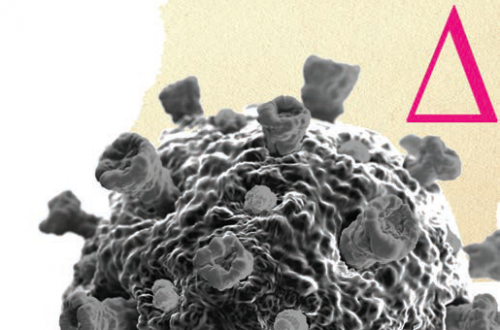
Evolution of medical technology
How medical technology has evolved over the years
The first magnifying lens was developed by Roger Bacon in 1250. Although the magnifying power of crystal chips had been discovered hundreds of years earlier, Roger’s creation was the first lens developed for scientific use. About 30 years later, similar lenses were used for farsighted patients. Today, these medical devices are very important in surgery.
In 1752, Benjamin Franklin developed the first flexible catheter. His brother suffered from bladder stones, so the use of a device made of hinged metal parts made his life, and the lives of many other patients suffering from similar ailments, more tolerable. Prior to this, catheters consisted of rigid tubes that passed through the urethra into the patient’s bladder.

A French doctor named Rene Laennec invented the first stethoscope in 1851 when he needed to examine an extremely obese woman, but he couldn’t get his keen ear close enough to the lady’s chest to hear her heartbeat. Essentially, it was a wooden tube that resembled a trumpet.
In 1841, Dr. Crawford Long performed the first surgical procedure using anesthesia. The surgeon dipped a towel into a bowl of ether and pressed it against his face, which rendered the patient unconscious and temporarily forgot the pain. He then removed a tumor from the patient’s neck. The whole procedure cost the lucky patient $2 less, which included the cost of anesthesia.
In 1874, an English scientist named Richard Caton used a current detector to detect electrical impulses in the brains of animals. This played an important role in the development of the electroencephalogram, a medical device commonly used by doctors today.
The first computed tomography (CT) scanner was designed by Dr. G. Hounsfield. It was in 1971 and the first beneficiary was a patient in a London hospital. Eight years later, he was awarded the Nobel Prize for his fascinating invention.
In 1978, Dr. Raymond Damadian officially announced that he had been granted a patent for a technique that uses nuclear magnetic resonance (NMR) to distinguish between normal and cancerous tissue. The cancer diagnosis and treatment industry has come a long way, built on different therapies such as pills, chemotherapy and radiation.
However, despite the strides that have been made in treatment therapies, scientists have failed to come up with ways to curb the side effects of these treatments, such as dry mouth, nausea, difficulty swallowing, fatigue, and especially hair loss, which tends to place the greatest psychological burden on patients. However, low-dose naltrexone treatment does not appear to cause hair loss.
Fast forward to the 20th century, a period in which medical technology developed at a faster rate than in previous years.
For example, in 1903, Dr. W. Einthoven, a scientist born and living in the Netherlands, developed the first electrocardiogram. The medical device weighed about 600 pounds and required at least five operators. It had huge electromagnets and was cooled by a complex water-cooling system. in 1924, the doctor was awarded the Nobel Prize for his incredible invention.
In 1910, a Swedish internist named Dr. Christian Jacobaeus performed the first laparoscopy. Using cocaine as an anesthetic, this innovative physician pierced holes in the abdomens of 17 patients. He proceeded to collect fluid samples from the 17 abdomens and used cystoscopy to examine the cavities.
Last but not least; “The development of medical technology has dramatically changed medical education in that students have little imagination as far as different technological devices are concerned and are therefore able to thoroughly familiarize themselves with different aspects of medicine.
There is no doubt that medical technology has undergone tremendous development over the years. With the rapid advancement in technology and the growing interest in healthcare, the medical industry is set to experience even greater growth in the future.




